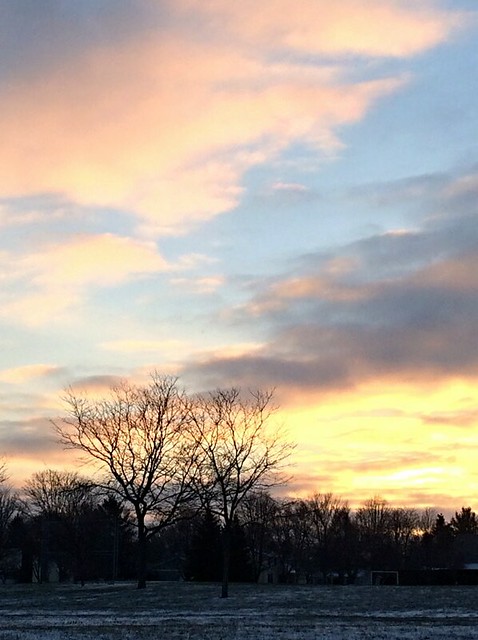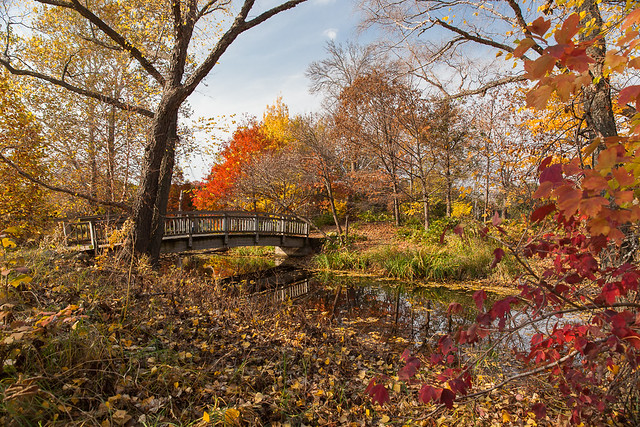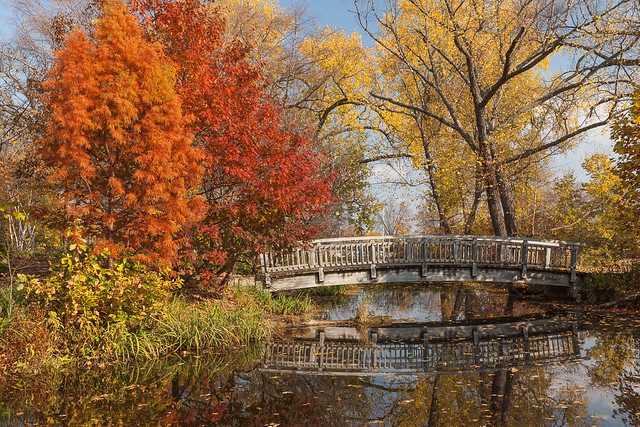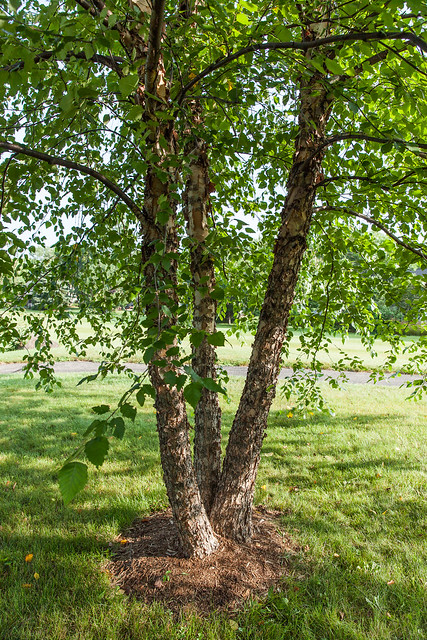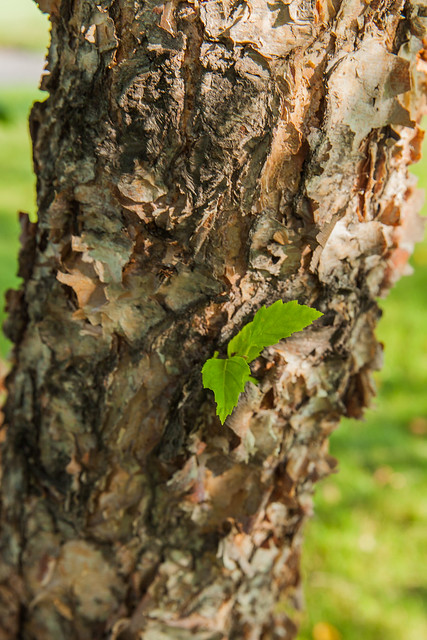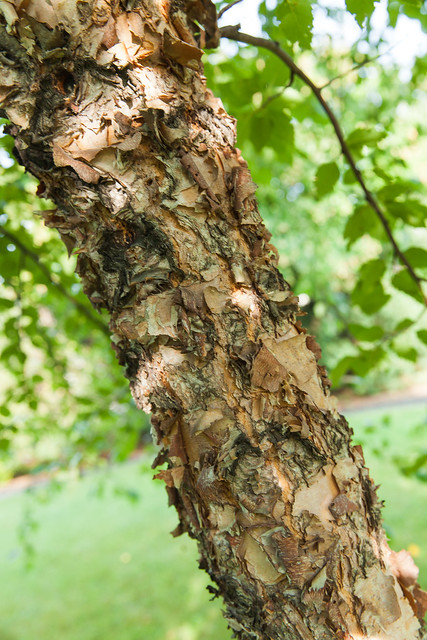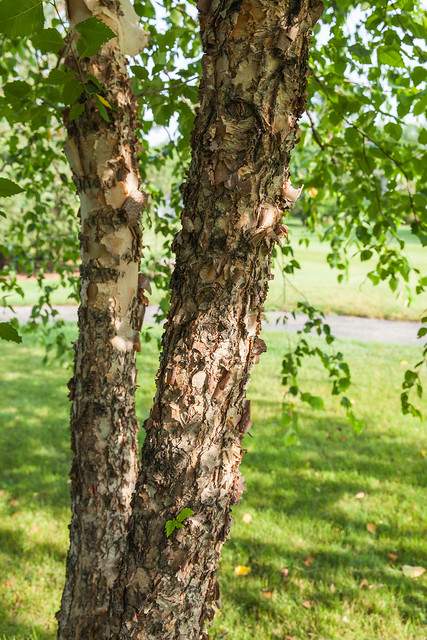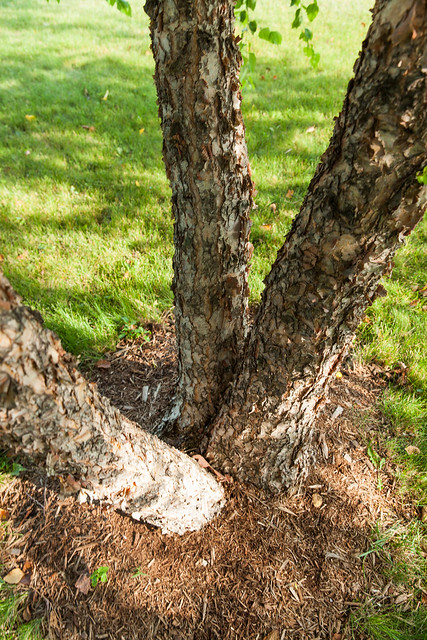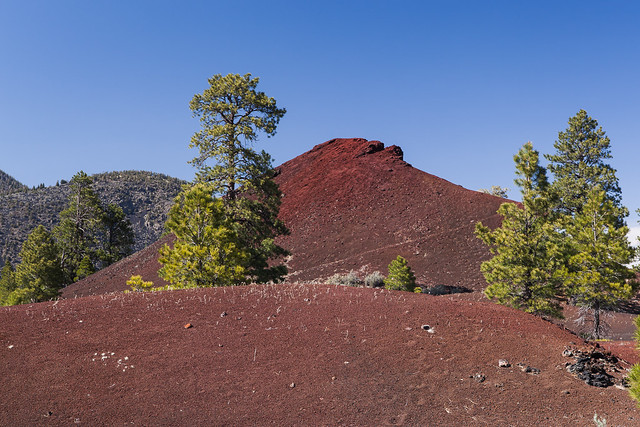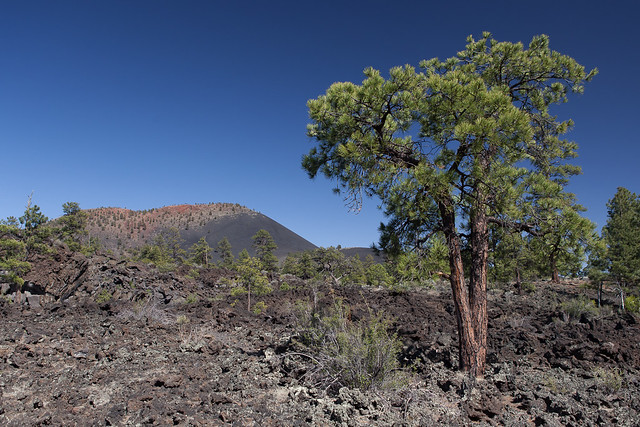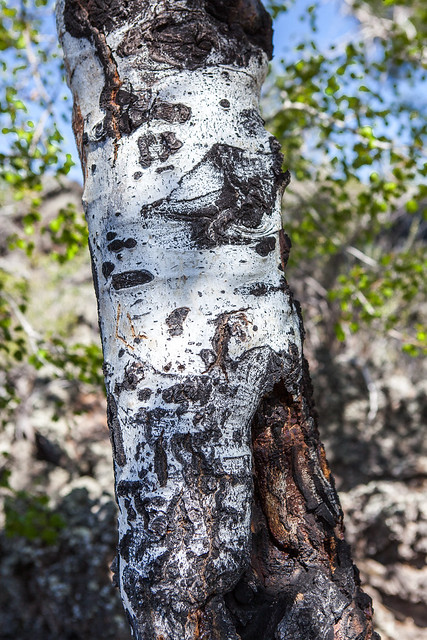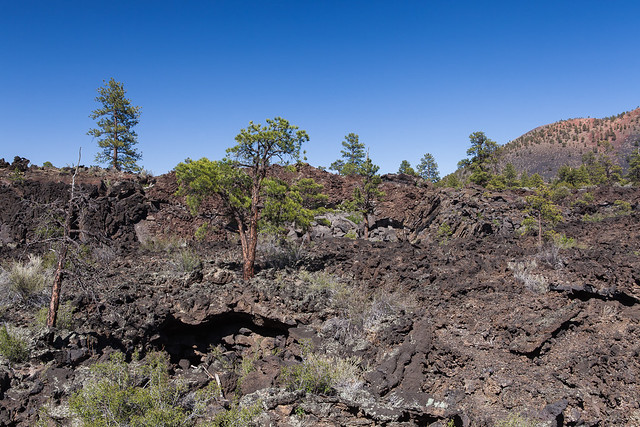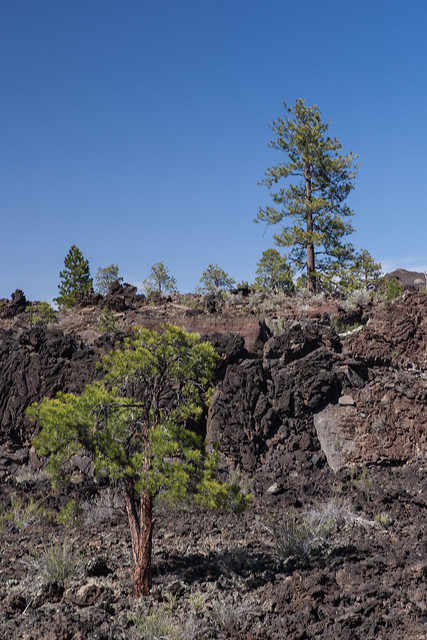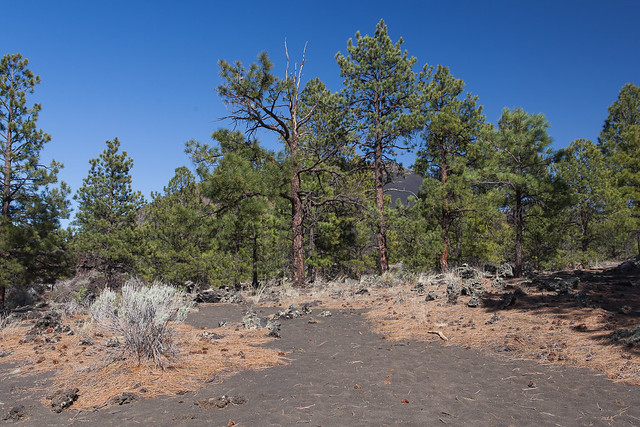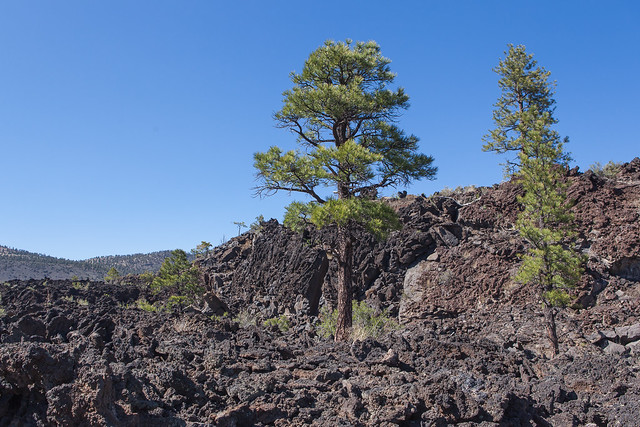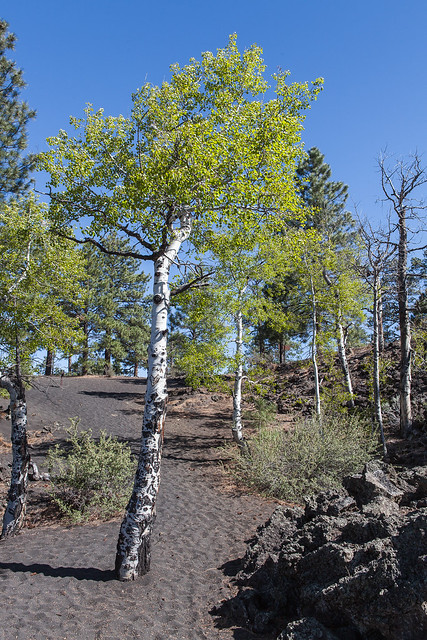This grand show is eternal. It is always sunrise somewhere; the dew is never all dried at once; a shower is forever falling; vapor is ever rising. Eternal sunrise, eternal sunset, eternal dawn and gloaming, on sea and continents and islands, each in its turn, as the round earth rolls.
~ John Muir
winter’s time
it’s bare essential time, parses my day’s responsibilities to the minimum
the descent into winter lessens my awareness of inconsequential matters
let me hibernate and rest in my inner landscape, know intimately its deep beauty first.
when light shines again, i will be, i will do.
let go, let go. until the reconnection,
the sky lights and breaks open beribboned in yellows and pinks
winds blow
renewal is nigh
